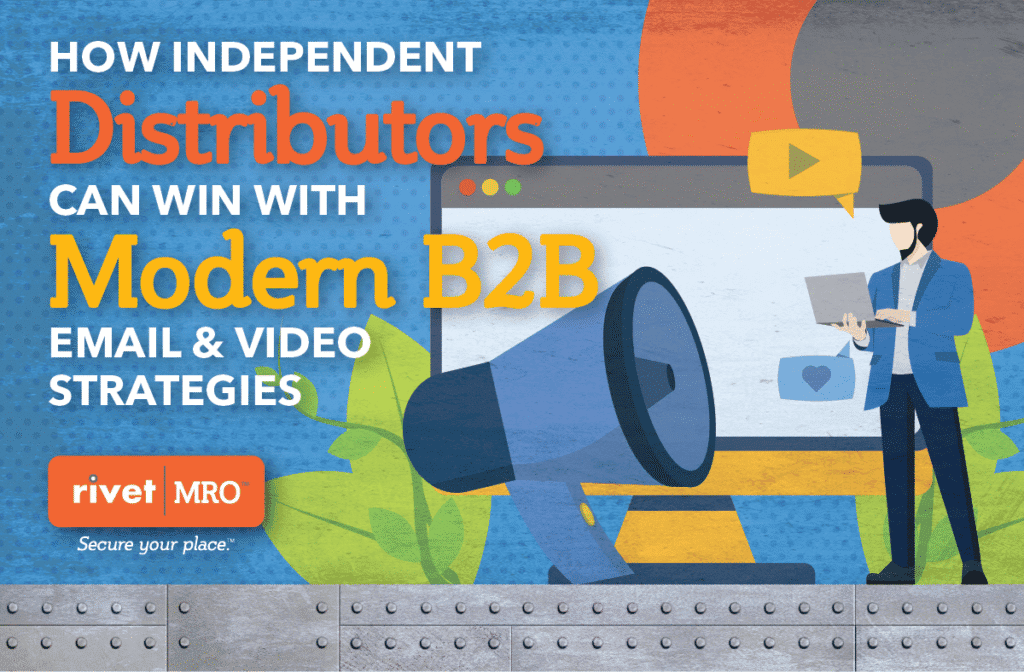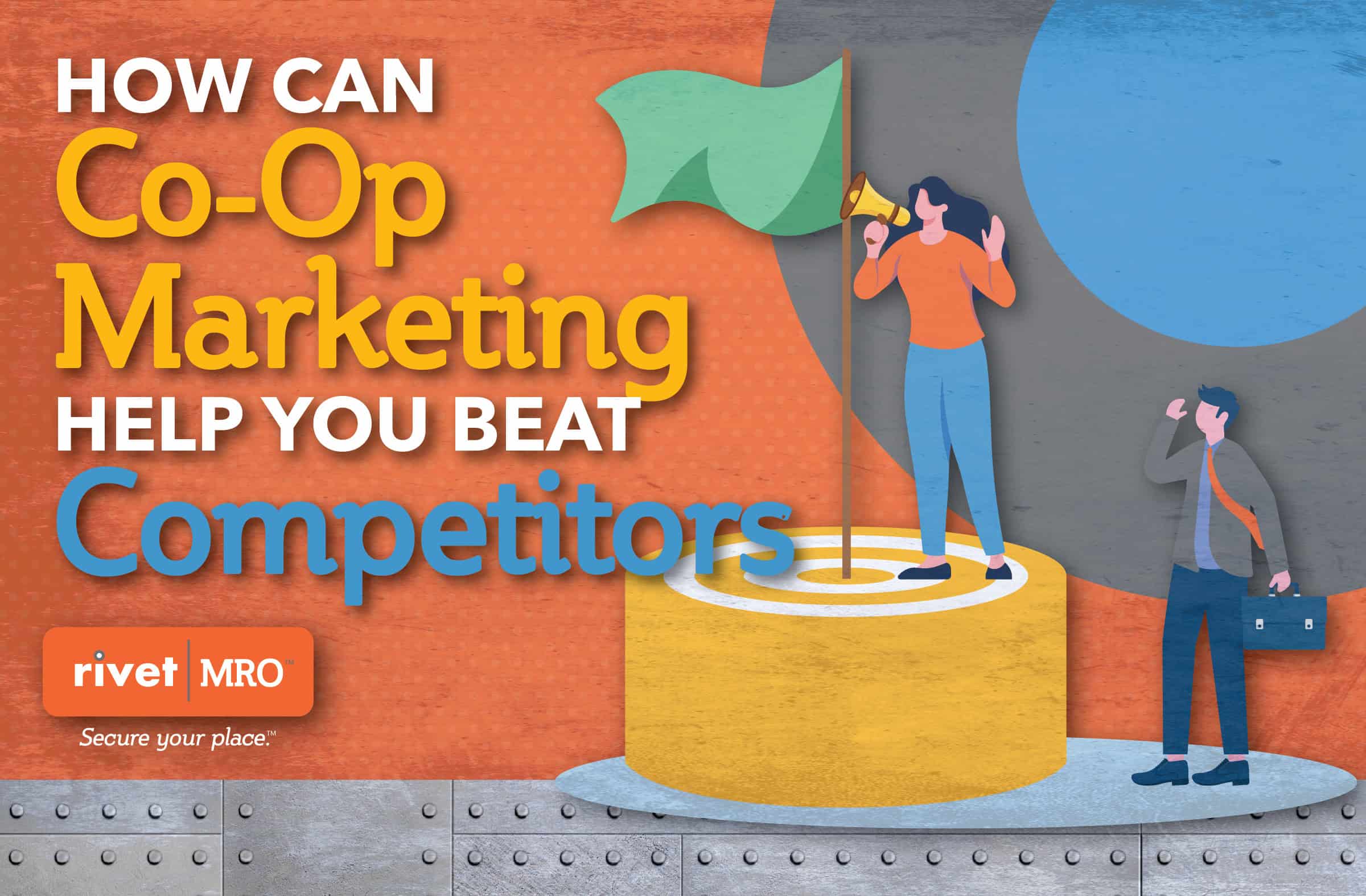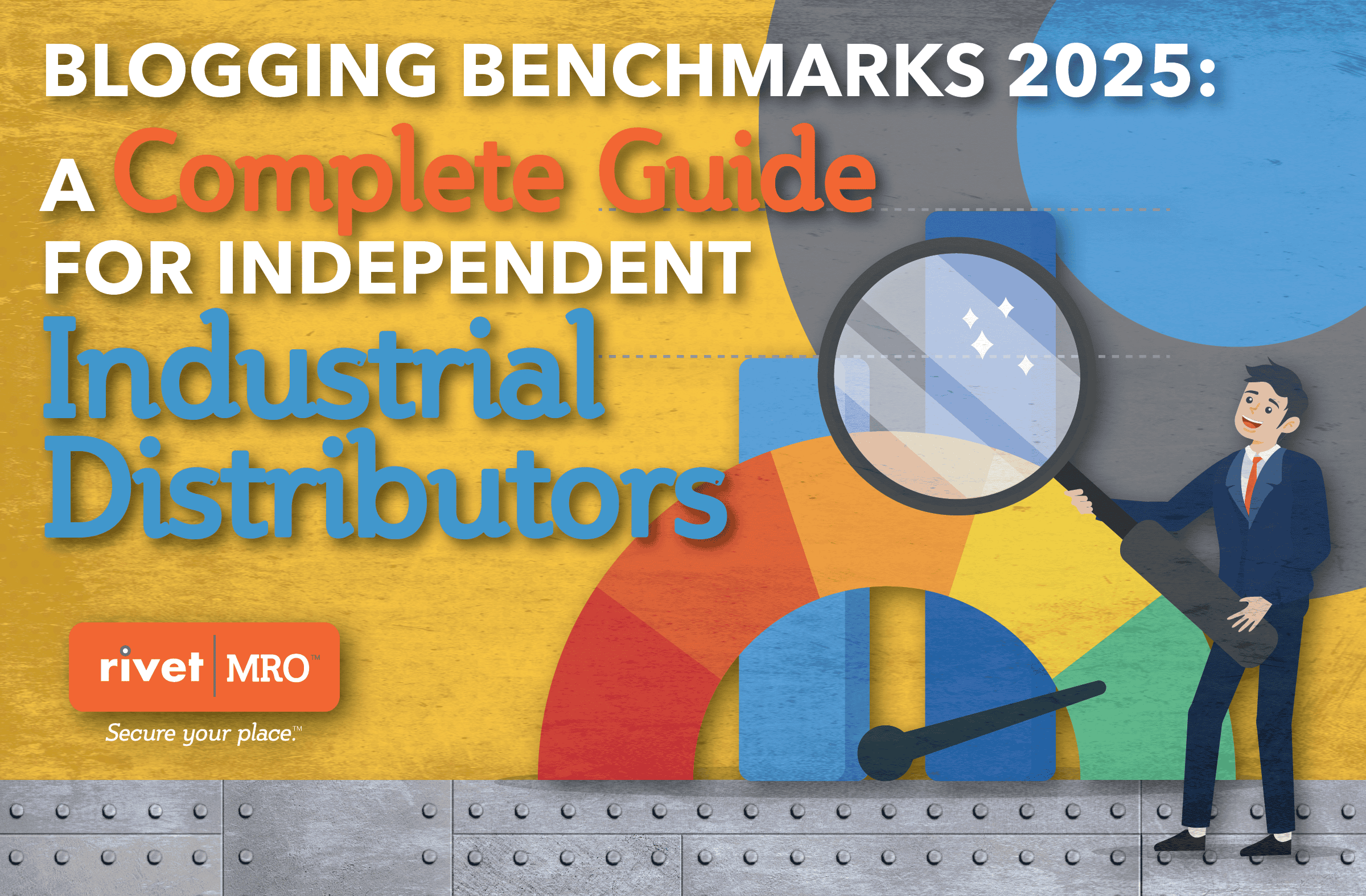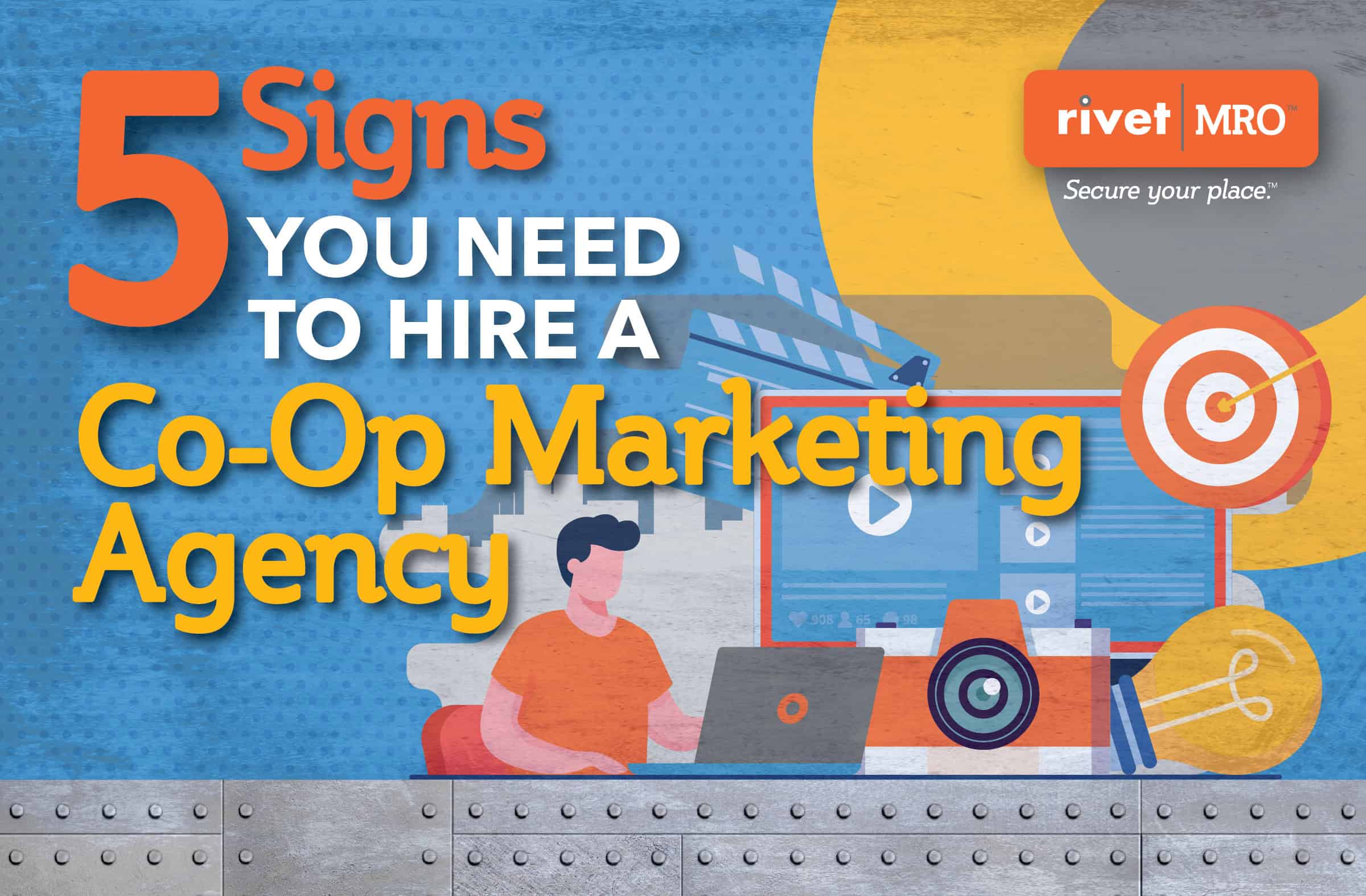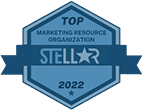By Kristen Foth, Director of Marketing Services
Why Email and Video Now Dominate B2B Communication
In 2025, industrial and construction buyers expect more than product specs and datasheets. They’re looking for clarity, relevance, and connection. Email and video have emerged as the most effective ways to deliver those expectations—without adding friction to the buying process.
Email is still the most direct channel to decision-makers in maintenance, engineering, purchasing, and operations. Video, meanwhile, creates understanding and builds trust faster than text alone. Together, they form a powerful, high‑ROI marketing mix for distributors looking to stand out.
These tools allow smaller and independent distributors to compete with larger players—by making their message more human, targeted, and memorable.
Email Marketing in the Industrial Sector
What’s Working in 2025
Modern B2B email is about connection—not campaigns. Gone are the days of blasting one email to every contact in your system. Today’s best results come from:
- Using a real person as the sender (e.g. a sales rep or engineer)
- Writing clear, specific subject lines focused on buyer pain points or outcomes
- Including preview text that adds meaningful context
- Keeping copy brief and benefit-driven
- Using visuals like product images or icons for scannability
- Closing with one, strong call to action
The more targeted and relevant the content feels, the better it performs. Buyers want to feel like the email was meant for them—not like they’re part of a mass list.
Segmenting for Stronger Results
Segmentation is essential for email success. Effective segments include:
- By Industry: Tailor emails to HVAC, plumbing, MRO, electrical, etc.
- By Role: Customize messaging for engineers, buyers, facility managers
- By Behavior: Send different emails based on clicks, opens, or past purchases
- By Geography: Use regional promos, events, or climate‑specific solutions
Segmentation makes emails feel personal and avoids alienating recipients with irrelevant content.
Video: The B2B Buyer’s Preferred Format
How Video Improves Understanding and Trust
Video delivers information quickly and with greater clarity. It helps explain product features, demonstrates use cases, and creates a connection with the team behind the brand.
Industrial buyers often need to understand how something works before they can confidently recommend or order it. A short video showing real‑world use, installation steps, or performance benefits helps close that gap faster than any datasheet.
Buyers also tend to trust content more when they can see who’s delivering it—making video a powerful relationship-building tool even before the first sales call.
Smart Ways to Use Video in Email Campaigns
To maximize video effectiveness in email:
- Use a thumbnail with a play button to boost clicks
- Keep the video short (60–90 seconds) and focused on one takeaway
- Host the video on a fast-loading platform (e.g. YouTube, Vimeo)
- Include subtitles for silent viewing
- Lead with a strong benefit headline (“See how this pump cut downtime 35%”)
Use video for product intros, testimonials, maintenance tips, FAQs, or virtual walkthroughs. Think utility first, production polish second.
Techniques That Improve Engagement
Writing Human-Centered Emails
High-performing emails read like a helpful note from one person to another—not a brochure or pitch. A strong email:
- Opens with a relevant hook or question
- Uses conversational language and contractions
- Focuses on what the recipient gains
- Provides value before asking for action
- Has a single, clear CTA (e.g., “Watch the 90-second demo”)
Avoid jargon, long blocks of text, and trying to say everything in one email. Keep the goal simple: earn a click, start a conversation, or prompt a small next step.
Timing, Frequency, and Call to Action Tips
Smart timing and pacing can boost open and engagement rates. Best practices include:
- Mid-week sends (Tues/Weds/Thurs)
- Mornings or early afternoons, depending on the segment
- No more than 1–2 emails per month per contact unless they’re highly engaged
- Follow-ups only when there’s new value, not just repetition
Calls to action should be action-oriented and benefit-based:
- “Watch the quick demo”
- “Download the checklist”
- “See ROI in under 2 minutes”
- “Get your free sample box”
Make CTAs easy to understand and frictionless to click.
List Hygiene and Deliverability
Avoiding Spam Folders
Even the best message fails if it ends up in spam. Deliverability is a constant battle that requires attention to:
- Sender authentication (SPF, DKIM, DMARC)
- Avoiding spammy terms in subject lines (“free,” “guarantee,” “act now”)
- Limiting image-heavy or code-bloated emails
- Testing inbox placement before mass sends
- Using reply-worthy content (which signals to inbox providers that your emails hold value)
Start with warm lists and build engagement before scaling. Cold lists and purchased contacts often do more harm than good.
Keeping Lists Clean and Performant
A clean email list means better deliverability and performance. Best practices include:
- Removing hard bounces and invalid addresses
- Suppressing contacts who haven’t opened in 6–12 months
- Verifying email addresses during lead collection
- Running re-engagement emails before removing inactive subscribers
- Tracking and reducing complaint (spam) rates
Use email validation tools and CRM workflows when possible to automate list cleaning.
Lifecycle Marketing for Distributors
Matching Campaigns to the Buying Journey
Every buyer passes through stages: awareness, consideration, decision, post-purchase, and loyalty. Lifecycle marketing aligns emails to those stages and meets buyers where they are.
A typical path:
- Awareness – Send educational content about general problems or industry insights
- Consideration – Share deeper resources like product comparisons, video demos, or case studies
- Decision – Offer testimonials, pricing, trial options, or direct consultation
- Post-Purchase – Provide onboarding, training, maintenance reminders
- Loyalty/Upsell – Send upgrades, accessory suggestions, or training content
This alignment helps conversations feel natural and reduces friction in the sales process.
Mapping Emails to Customer Intent
Signals like page views, video watches, or form submissions reveal where a buyer is in their process. Use those signals to:
- Trigger a demo video when a product page is visited
- Follow-up with spec comparisons after a datasheet download
- Send a “Still interested?” message when a contact clicked but didn’t convert
The idea is to respond to interest—not force it.
Campaign Metrics That Matter
Interpreting Engagement Signals
Metrics show what’s working—and where adjustments are needed. Key indicators:
- Open Rate: how many opened the email (subject line effectiveness)
- Click-Through Rate (CTR): how many clicked content links or videos
- Reply Rate: how many engaged directly
- Conversion Rate: how many took the desired action
- Unsubscribe / Spam Rate: signals poor targeting or content
Use these signals to guide improvements. If CTR is low, test new headlines or content. If unsubscribe is rising, re-evaluate targeting and tone.
Measuring ROI on Email and Video
To prove value, link campaigns to business outcomes:
- Revenue generated
- Leads or meetings booked
- Quote requests or form completions
- Sales influenced or closed
- Customer lifetime value (CLV) changes
Integrate campaign data with CRM or sales records when possible. Over time, you’ll see which types of campaigns move the needle most effectively.
Using Testimonials and Real-World Demos
Building Credibility Through Stories
Testimonials offer social proof and help reduce buyer hesitation. Use short, relevant quotes such as:
“We saw 30% fewer breakdowns after adopting this system.”
Or point to video versions:
“Watch how a processing plant cut downtime by 37%.”
Make sure stories align with the audience’s industry or issue.
Showing Instead of Telling
Visuals build conviction quickly. Examples:
- A valve under pressure
- Installation in real environment
- Side-by-side comparisons
Combined with testimonials, videos help illustrate outcomes in a compelling way. Buyers see proof—then buy with confidence.
Addressing Common Roadblocks
Solutions for Limited Staff and Budget
Most independent distributors don’t have large marketing teams, but that doesn’t have to limit progress. Options include:
- Starting with one focused drip campaign (3–5 emails)
- Repurposing existing content (spec sheets, support articles)
- Using email templates with personalization tokens
- Scheduling campaigns in batches
A narrower approach often outperforms a broad but shallow one. Pick a priority product line, run a strong small campaign, prove results, then expand.
Simplifying Execution with the Right Tools
You don’t need complex systems. Tools that help include:
- Email platforms (Mailchimp, ActiveCampaign, Constant Contact)
- Video hosting tools (Loom, Vimeo, Vidyard)
- List cleaning services (NeverBounce, ZeroBounce)
- Scheduling tools (e.g. Calendly)
- CRM/email integration
Use tools that integrate with existing systems and keep processes simple. The easier it is to use, the more it gets used.
Getting Started Today
7 Quick Wins This Quarter
Here are practical, high-impact ideas you can apply immediately:
- Meet-the-Team Email + Video – put faces behind the brand
- Segmented Campaign Launch – one product line, one audience
- Embed Demo Video in an existing email
- Subject Line A/B Test – two versions in one send
- Clean Your List – drop bounces/inactives
- Set Up a 3-Email Drip Series for new leads
- Gather a Testimonial from a customer to email-ready format
These steps help build momentum and deliver quick, trackable results.
12-Month Strategy Rollout
Quarterly Goals for a Scalable Marketing Program
Adopt a phased approach to build capability:
| Quarter | Focus | Objective |
| Q1 | Pilot Campaign | Launch one drip with video to test strategy |
| Q2 | Segmentation & Additional Video | Segment lists and launch a second campaign |
| Q3 | Automation + Landing Pages | Add triggered sends and conversion pages |
| Q4 | Scale & Optimize | Run multiple campaigns, A/B test, refine strategy |
Progress builds confidence and capability. By year’s end, your marketing engine can support multiple campaigns across product lines with measurable results.
Future-Proofing Your Digital Outreach
Trends to Watch in Email and Video
Remaining competitive means staying ahead of marketing evolution. Watch for:
- AI-Driven Personalization – messages and video content adjusting on the fly
- Interactive Video – clickable elements, embedded CTAs
- Short-Form B2B Content – under 90 seconds for shorter attention spans
- Voice & Audio Experiences – content in podcast or voice-search formats
- Privacy & Compliance Evolution – stricter rules around tracking and data
The core principle remains constant: deliver relevant, helpful content. The format will evolve; value is timeless.
A New Standard for Distributor Communication
Today’s industrial buyer expects clarity, relevance, and responsiveness. Email and video are the most efficient ways to deliver on those expectations. When used strategically, they allow independent distributors to build credibility, educate customers, and move opportunities forward—all with limited time and budget.
Success doesn’t require massive change overnight. With thoughtful segmentation, compelling video, and simple email sequences, any distributor can modernize outreach, deepen relationships, and drive more conversions.
Start small. Test, measure, refine. Then build on what works.


